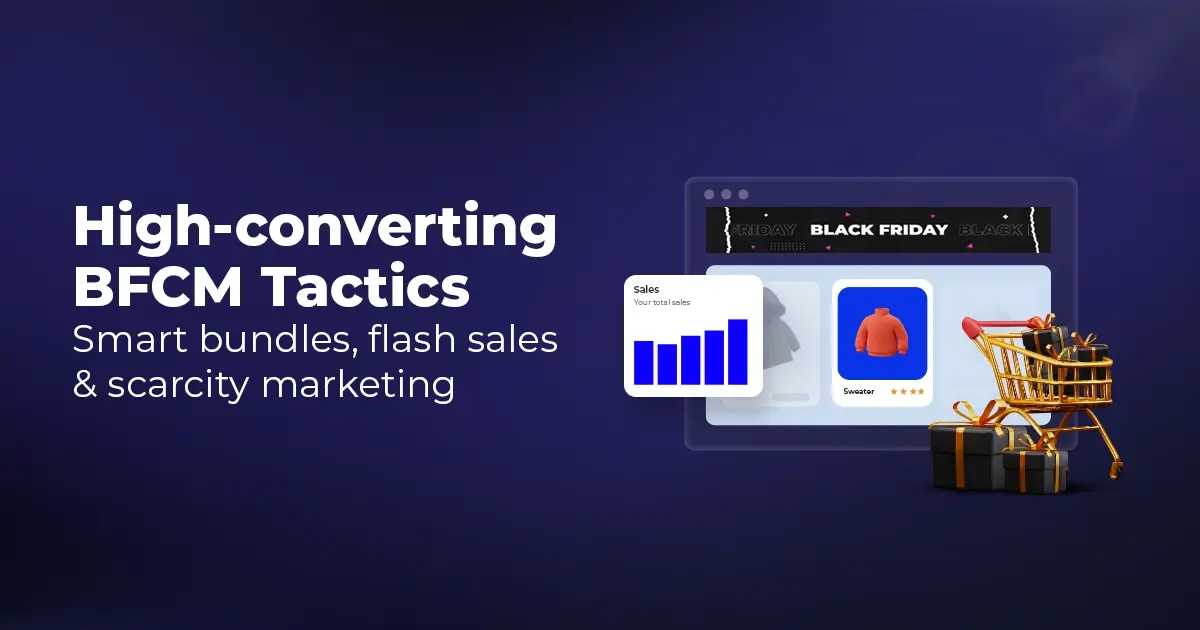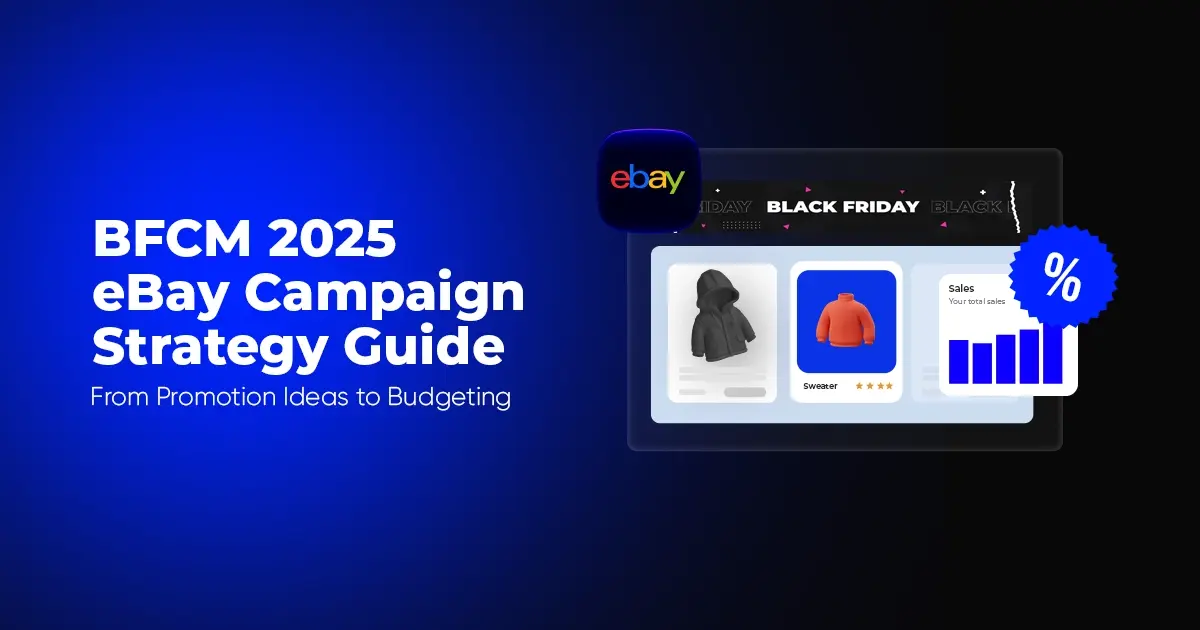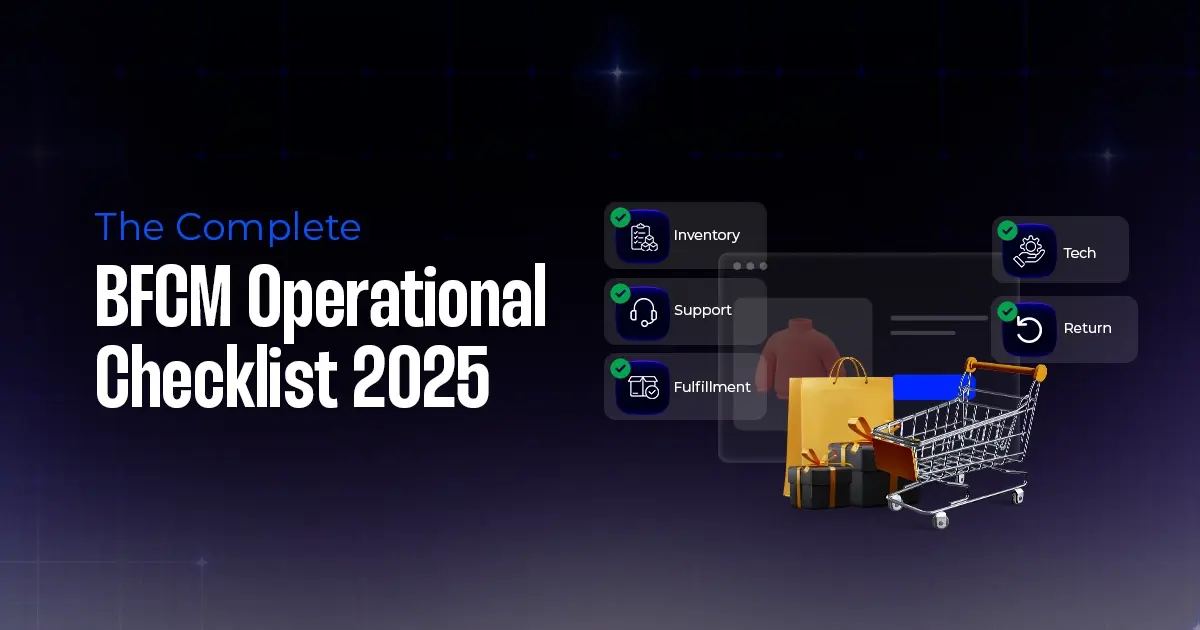Cyber Monday 2025 eCommerce Shatters Records
Reading Time: 3 minutesSummary Cyber Monday 2025 has officially become the largest online shopping day…
Choosing to sell on eBay is a choice you make after a great deal of cautious reasoning and arranging. Yet, when you go that course, the following decision comes down to selling through eBay as to how eBay auction or fixed price listings help sellers grow?
Fixed Price is a type of online auction selling format a seller would use if he or she wants to sell items at a set price on the auction Web site.
Setting up your auction-style listing You can choose whether your auction should run for 1, 3, 5, 7 or 10 days. eBay is most likely best known for its bartering your nature, with merchants listing a thing that begins at a base cost and requiring potential purchasers to offer on it in specific additions alongside the choice to choose ‘Get It Now‘ to maintain a strategic distance from an offering war and buy it right away.
Stock can move rapidly through eBay barters. Contingent upon the store level, vendors get something like 250 free sell-offs a month, so there are no inclusion expenses. Last esteem charges apply to listings that sell.
Things like signed things, vintage or authentic memorabilia, or craftsmanship can sell at staggering expenses up for sale since gatherers offer. These sorts of things are constrained in number, just a couple of existing on the planet.
eBay has a component where purchasers can set cautions, so when a thing is recorded with the catchphrases entered by the purchaser, they get ready that the thing has been recorded and can bid. Another preferred standpoint of sell-offs.
One preferred standpoint of sell-offs is that the market decides the cost. Now and again merchants leave cash on the table by not estimating a Fixed Price listing sufficiently high. There is some mystery in valuing uncommon or abnormal things.
The most ideal approach to discover what a purchaser will pay is to run a closeout and let the market decide the cost.
At the point when a great deal of sell-offs end at one time, transportation can be a test. eBay occasionally offers specials where merchants can list hundreds or thousands of things for nothing.
In some cases, dealers don’t think ahead and send an extensive number of unsold things to sell. They overlook that if everything sells, the delivery could be a bad dream. A decent sell-through rate for sales is about 80%.
So on the off chance that you list 100 things on a closeout unique, beyond any doubt, you are setting aside extra cash with inclusion charges, however, be set up to ship 80 things when the listings end.
For merchants who run their eBay store like a block and cement, having all their stock available to be purchased constantly, ordering on Google is something worth being thankful for.
In any case, barters aren’t live sufficiently long for ordering on Google to occur. Sell-offs keep running in terms of 3, 5, 7, or 10 days. It, for the most part, takes 30 days for something to begin appearing on Google.
The perfect individual probably won’t see the thing inside the 3-, 5-,7-, or 10-day sell-off time period. On the off chance that a purchaser who might offer on a thing isn’t online on account of movement or some other reason, they can’t offer on the thing.
Sell-offs don’t achieve a substantial number of individuals like a fixed value listing would over some stretch of time.
Sales must be overseen. In the event that a thing is unsold, the vendor needs to choose how to manage it. Abandon it in unsold thing envelope, re-show it, or dispose of it. This can’t be computerized.
Sale purchasers can take as much time as necessary to pay, as long as 4 days. This is exasperating, however, a piece of the framework.
Fixed value listings resemble stock at a customary retail location. Everything is available to be purchased whenever. At the point when a merchant has an eBay store, they can utilize a component called Good Til Canceled, GTC. With GTC, things recharge consequently every 30 days.
This makes dealing with a store increasingly mechanized. Listings can be changed with the Bulk Editor so rolling out worldwide improvements to listings is simple and quick.
With fixed value listings, dealers can empower the Best Offer Feature so customers can submit offers for the merchant’s thought. The vendor has full control to acknowledge, decrease, or counter the offer.
Best Offer engages purchasers to begin a discussion with the dealer and arrange.
This component enables vendors to run deals. Dealers can write down things in classification or with a catchphrase by a specific rate. Markdown Manager can oblige 200 listings at any given moment.
Non-Paying bidders are the greatest issue with sales. Fixed Price and GTC can incorporate the prompt installment highlight. A purchaser can tap on the Buy It Now catch, yet the thing will remain accessible for another person to buy until it is paid for.
On the off chance that the thing sells on Best Offer, the quick installment alternative leaves.
Connect your Shopify store with eBay and drive millions of visitors to your products.
-List,
-Sync,
-Automate &
Expand your sales with Shopify eBay integration HERE
Purchasers may bookmark or watch a listing and stay away for the indefinite future. With closeouts, purchasers get a feeling of criticalness that they should offer or purchase the thing now.
Fixed Price and GTC listings cause charges every month on the off chance that they restore. These charges can include after some time.
Whatever is your plan of action, ensure you comprehend the advantages and disadvantages of each listing sort. eBay offers numerous alternatives for various methods for profiting. Likewise, ensure you comprehend the expenses for each listing sort.
Read more:
Flourish up your eBay game with eBay fixed price listings
How To Create Great Product Listing At eBay? -CedCommerce
10 Pro-tips for new eBay sellers
Popular Items on eBay | What sells best on eBay?

Reading Time: 3 minutesSummary Cyber Monday 2025 has officially become the largest online shopping day…

Reading Time: 2 minutesSummary Amazon kicked off December with two major developments shaping the future…

Reading Time: 2 minutesSummary Walmart has entered December with two major moves that signal a…

Reading Time: 2 minutesBlack Friday 2025 delivered the strongest U.S. eCommerce performance in history, as…

Reading Time: 13 minutesStill approaching BFCM with generic discounts, last-minute price cuts, or scattered promotions?…

Reading Time: 3 minutesTikTok Shop reached a major milestone during its largest U.S. “Global Black…

Reading Time: 3 minutesOpenAI has announced a new AI-powered shopping research tool designed to help…

Reading Time: 9 minutesIf your TikTok Shop listings often sit in review or your visibility…

Reading Time: 3 minutesAmazon has rolled out a new “Seller Challenge” feature for eligible Account…

Reading Time: 3 minutesWalmart Marketplace has sharpened its requirements around product classification (category, type group,…

Reading Time: 3 minutesJust ahead of Black Friday, Amazon is enforcing tighter controls on its…

Reading Time: 11 minutesWhere holiday prep of past years focused on legacy channels like Amazon,…

Reading Time: 11 minutesThe eCommerce shift you actually need to act on Multi-channel fulfillment has…

Reading Time: 10 minutesBlack Friday Cyber Monday (BFCM) isn’t a weekend anymore; it’s a two-month…

Reading Time: 2 minuteseBay is quietly testing a new feature that could reshape how buyers…

Reading Time: 2 minutesAmazon is stepping into a new era of value commerce with the…

Reading Time: 11 minutesThe $240 Billion BFCM Opportunity & Why Operations Matter Every seller, business,…

Reading Time: 7 minutesTL;DR — Your 60-Second BFCM Battle Plan Time remaining: 3 weeks until…

Reading Time: 2 minutesChina’s Double 11 shopping festival — the world’s largest annual online retail…

Reading Time: 2 minutesAs the holiday season approaches, TikTok Shop has released its September 2025…